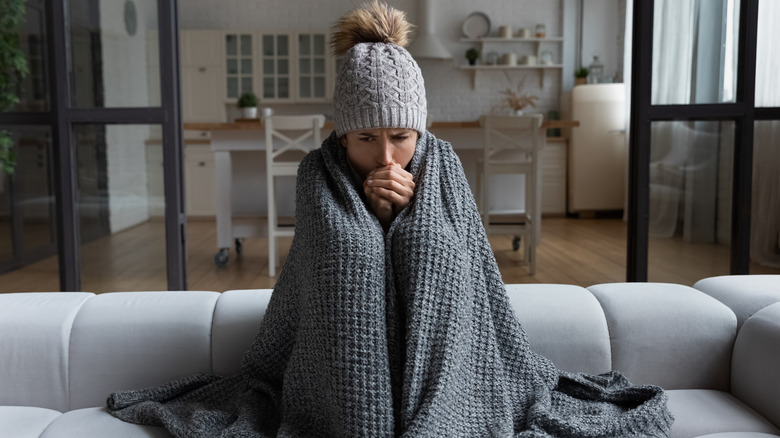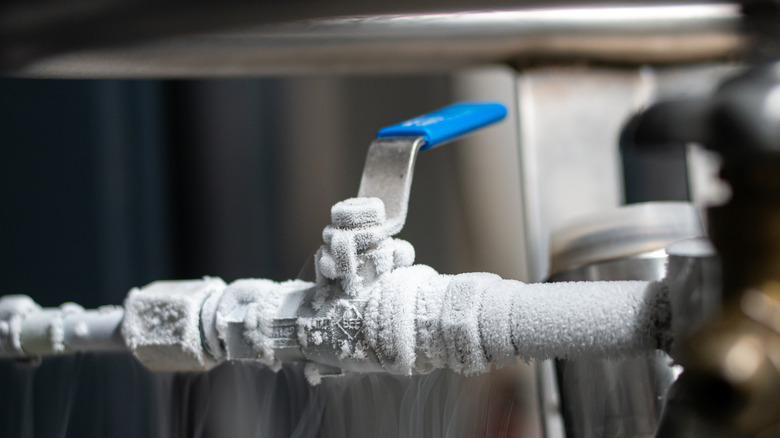What Happens To Your House When You Lose Heat In The Winter
The furnace goes out, and the house is cold. It may take a few days for the furnace repair technician to come out. While you can leave for that time, you're worried about what will happen to your house if you lose heat during the cold winter. You may know how much it will cost to repair your furnace, and it may take some time to get someone out.
Your goal should be to ensure your home's furnace is back in working order as soon as possible. While waiting for heating repair to become available, minimize heat loss by using rugs to cover the floors and closing the drapes or blinds. Only turn on electric heaters and stoves when you're there to monitor them. Close off any room you can and use fireplaces carefully. These things only provide short-term relief from the cold and won't do much for instances when the heat's going to be off for a few days.
As for the home's structure itself, it is likely to be able to handle a few days without heat. However, very cold temperatures could lead to big problems, including frozen pipes at risk of bursting, as well as damage to some of the natural materials in your home that may be a bit more prone to shattering or deteriorating. Some personal items in your home could also be impacted, like medications or beverages in your pantry.
What to monitor in your home when the heat is out
If you lose heat in the winter months, your priorities should be the safety and well-being of you, your family, and any animals in your home. From there, consider the risk factors and steps to mitigate them. When temperatures drop below 32 degrees Fahrenheit, the risk of your pipes freezing and bursting increases. It's much more likely to occur when temperatures get closer to 20 degrees Fahrenheit. Look at the pipes in the lowest areas of the home to spot any signs of ice forming on the exterior. It's best to turn off the water at the main supply valve to prevent water from continuing to flow through the system. Turn on a spigot slightly to keep pipes from freezing, and leave the water on.
Cold temperatures can begin to damage other areas of your home, and there's not much you can do to prevent it. For example, radiators, boilers, and water lines can all freeze. You may also have problems with any system using refrigerants, like your ice maker or freezers. These will be costly repairs or replacements. Other surfaces, like your home's wood floors, cabinetry, and molding, could also suffer warping and surface-level damage as the cold remains. This can also lead to wallpaper pulling off the drywall, too. Any items in your home sensitive to temperature changes, such as fragile glass, musical instruments, and hobby supplies, can also suffer damage from ongoing cold exposure.

